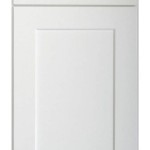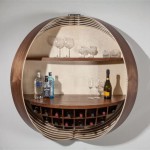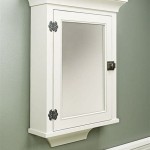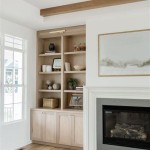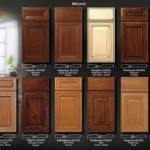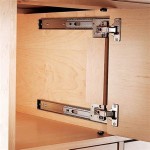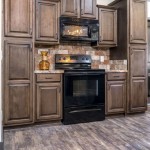How to Fix Kitchen Sink Base Cabinet Doors Not Opening Automatically
Kitchen sink base cabinets often feature automatic doors, offering a convenient way to access the space beneath the sink. These doors rely on various mechanisms, including hinges, springs, and catches, to open and close smoothly. However, over time, these mechanisms can wear out or malfunction, causing the doors to become stuck or fail to open automatically. This article will guide you through troubleshooting and fixing common problems with automatic kitchen sink base cabinet doors.
1. Inspect the Hinges and Springs
Hinges and springs are crucial components that enable the automatic opening of the cabinet doors. Worn-out or damaged hinges can prevent the doors from swinging freely, while faulty springs can hinder the automatic closing mechanism.
To inspect the hinges, open the cabinet doors and check for any signs of wear, rust, or loose screws. If you observe any of these issues, tighten or replace the screws and consider replacing the hinges entirely if they are severely damaged.
Next, examine the springs. These are typically located on the inside of the cabinet doors or attached to the hinge system. Check for any signs of breakage, rust, or weakening. If the springs are damaged, they should be replaced to restore the automatic opening function.
2. Evaluate the Catch Mechanism
The catch mechanism is responsible for holding the cabinet door closed and releasing it when the door is pushed open. This mechanism often consists of a small lever or latch that engages with a corresponding part on the cabinet frame.
Start by inspecting the catch itself. Look for any signs of wear, damage, or misalignment. If the catch appears to be faulty, consider replacing it. If the catch is properly aligned but the door is still not releasing, check the corresponding part on the cabinet frame. This part may be bent or damaged, preventing the catch from disengaging.
If the catch mechanism is not the culprit, examine the door's closing motion. The door might be hitting the counter or other obstacles before fully closing, causing the catch to fail to engage. Adjust the door's alignment or remove any obstacles to ensure a smooth closing motion.
3. Assess the Door's Weight and Balance
The weight and balance of the cabinet doors play a crucial role in their automatic opening. Heavy doors or uneven weight distribution can put extra strain on the hinges and springs, leading to malfunctions.
If the doors are excessively heavy, consider removing or relocating some of the items stored inside to reduce the load. Ensure the doors are balanced evenly by adjusting their position or adding weight to the lighter side. If the doors are inherently heavy, consider using stronger hinges and springs designed for heavier loads.
Remember to handle cabinet doors with care and avoid excessive force, as this can damage the hinge system or stress the springs.

How To Fix A Cabinet Door That Stays Open

How To Adjust Cabinet Hinges In 5 Easy Steps Woodworker Express Blogwoodworker Blog

Kitchen Cabinet Door Doesn T Stay Open Home Improvement Stack Exchange

How To Install Tip Out Tray Under Your Sink The Art Of Doing Stuff

How To Adjust Cabinet Hinges In 5 Easy Steps Woodworker Express Blogwoodworker Blog

98 Don T Know This Easy Kitchen

Building Touch To Open Kitchen Cabinets With No Handles

How To Install Tip Out Tray Under Your Sink The Art Of Doing Stuff

How To Adjust Kitchen Cabinet Doors That Won T Close

Invisible Cabinet Lock Dementia Security Magnetic Key And For Alzheimer S Children W Autism Safety Mindcare
Related Posts

